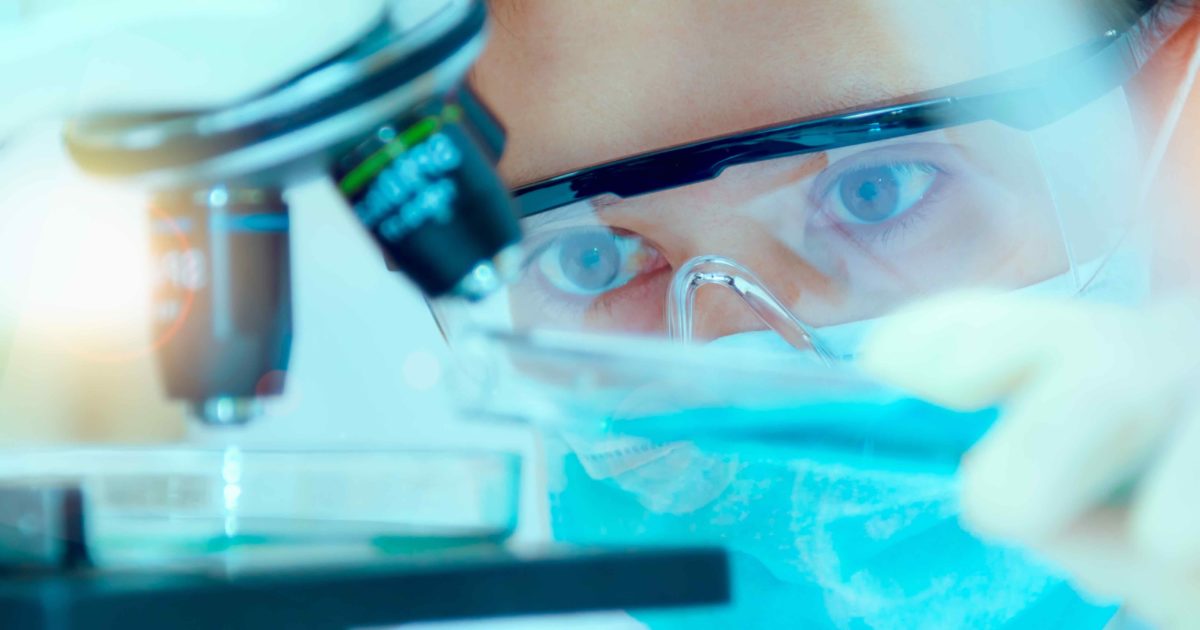For Maryland, the signs of a rising life sciences concentration were already there before the pandemic.
Long home to federal institutions like the National Institutes of Health and leading universities, suburban areas like Montgomery County have long been home to a cluster of talent and companies working to commercialize pharmaceuticals, biotech and medical devices. Then came the pandemic. The federal government needed to invest in new treatments to stop the spread of COVID-19. In Maryland, the companies around the NIH and FDA figured prominently in the solution, as many had expertise that left them poised to jump into the fight.
In its 2020 outlook for the industry nationally, published in the summer of 2020, commercial real estate services company JLL ranked Maryland fourth, behind only Boston, San Francisco and San Diego.
“Life sciences is what I consider the shining star in the mid-Atlantic,” said Peter Briskman, JLL’s managing director overseeing the regional life sciences practice. And suburban Maryland is a big reason.
The report states that more than 55,000 people were employed in the industry in Maryland, a figure which grew 9% over five years. That talent has always been key.
“We have this educated workforce with the highest concentration of Ph.D.s per capita of everywhere in the country,” Briskman said. “Quality of life is strong in comparison to other biohealth hubs. When you look at real estate for life sciences, R&D and manufacturing, it’s half of what some of these other regions are in terms of cost.”
And JLL research showed that the average wage for Montgomery County in 2020 was $169,488, which would rank it third behind San Francisco and Boston. D.C. Metro as a whole isn’t quite that high, but remains in the top 10 with average salaries of $140,000.
When it comes to the space these companies need, Briskman can also see more signs of maturity among companies taking place. Companies don’t only need R&D space to develop new solutions. Now, they’re building manufacturing space, and converting offices to suit needs. One example came in Rockville, where Supernus Pharmaceuticals moved its HQ in early 2020 to Key West Crossing after a conversion from office to lab space there. In another sign of companies maturing, companies like AstraZeneca in Gaithersburg, Qiagen in Germantown and Novavax in Gaithersburg are owning their own land and leasing some to other tenants.
“What makes Maryland unique is the existing real estate and adaptability for R&D and manufacturing,” Briskman said.
And development companies have shown themselves more willing to build on “spec,” which means they don’t already have tenants lined up before going to construction. And vacancy is low.
“The total supply is growing,” he said. “Over the last three years, it has grown by over 300,000 square feet. I expect that to double within the next 18 months.”
This growth can be traced back to several key metrics — some of which developed over the last year, and others which have come to fruition over years. Here are several flagged by JLL:
- Operation Warp Speed — Funding from the federal government’s public-private program to develop vaccines, therapeutics and diagnostics for COVID-19 went to four companies with a sizable base in Montgomery County: AstraZeneca, GSK, Emergent Biosolutions and Novavax. The last one, which is based in Gaithersburg, received $1.6 billion in funding from OWS. Those particular investments haven’t yet completely borne out when it comes to vaccines, as AstraZeneca and Novavax haven’t had their vaccines approved yet by U.S. regulators, and Emergent has been taken off manufacturing leadership after a mix-up. But from the perspective of the Maryland economy, it stimulated immediate growth in the form of facilities and jobs. If anything, it was a reflection of the companies and activity that was already here, and ready to meet demand, Briskman said.
- Long-term funding growth — VC funding for life sciences companies ticked up from $128 million in 2017 to more than $557.6 million in 2018, and then over $800 million in 2020. “There’s a direct correlation between that influx of venture capital and new hiring and company growth,” Briskman said. And the funding on either end of company life cycle has also been increasing: Increased NIH funding for R&D is trending up, and the region’s companies raised $1.3 billion through initial public offerings on the public stock exchanges last year.
- Clinical trials — Activity in the pipeline of drug development has an effect, as well. Over 15 companies in the state are in Phase 3 clinical trials, which means their treatments have reached the point of being tested on large groups of patients and are readying for regulatory approval. Historically, there were more concentrations in the early and mid-stage. “That’s a sign of a region maturing,” Briskman said.
Join our growing Slack community
Join 5,000 tech professionals and entrepreneurs in our community Slack today!
Donate to the Journalism Fund
Your support powers our independent journalism. Unlike most business-media outlets, we don’t have a paywall. Instead, we count on your personal and organizational contributions.

National AI safety group and CHIPS for America at risk with latest Trump administration firings

How women can succeed in male-dominated trades like robotics, according to one worker who’s done it

Geomapping goes splat: The evolving future of Google Earth


